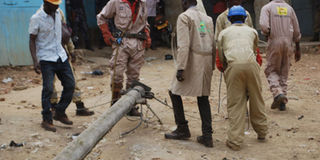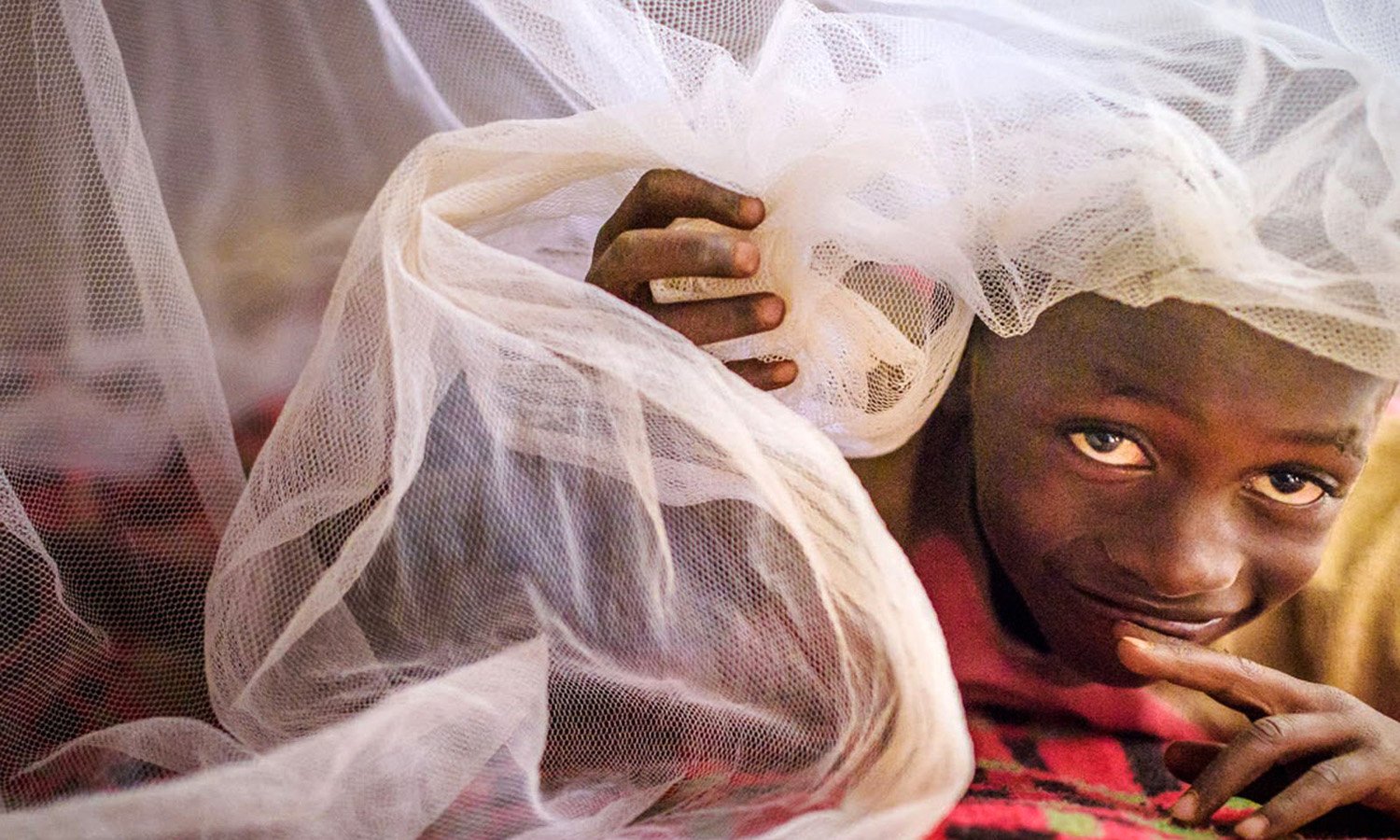Electricity: Govt to connect 3m new customers

Umeme officials at work recently. File photo
The government through the Rural Electrification Agency will with effect from June roll out a free electricity connection policy, aimed at increasing the percentage of the rural population accessing electricity.
The 10-year $700 (Shs2.6 trillion) will see at least three million new customers connected to the on and off grid power across the country at no costs.
“We are looking at the minimum of 300,000 customers annually. We started with an average of about 70,000 between Umeme and other service providers. This will more than double the numbers being connected free,” says Mr Godfrey Turyahikayo, the executive director of REA.
Mr Turyahikayo says the policy will save the rural poor from such high fees charged by the operators. “The policy clearly stipulates that connection to rural people should be assisted through subsidies so in that aspect, we are subsidizing connections not really outright 100 per cent. Although the connection fee you pay to the utility companies that connect power is fully covered by the government, you pay the people who do the wiring and also for the inspection,” he says.
Free connection policy
Ms Sylvia Birungi, the principal connections officer at the REA, says the policy will address the challenges that have hindered connectivity.
“This policy will aim at reaching 60 per cent electricity access rate. We are looking at 2018-2027. Currently, we are at about 20 per cent but we want to reach at 60 per cent by 2027. The policy is basically going to cover the entire country so all Ugandans are eligible to access this programme. We are targeting both the on-grid and off-grid connections,” she explains.
Ms Birungi says the connections will start with those who have poles within their compounds or nearby, but cannot afford the connection costs, then later extend to providing poles and finally grid intensification.
“....We shall also embark on the grid intensification where more customers will be connected through extension of short spans of the low voltage network and provide the associated facilities like transformers and other needed infrastructure.”
Uganda’s current electricity uptake.
Uganda currently has about 20 per cent of the population connected to electricity, one of the lowest figures globally. The number drops to an estimated 7 per cent in rural areas.
To address this challenge, government has invested heavily in the distribution lines in the last few years, but the investments in the distribution infrastructure have so far not resulted in a significant uptake in electricity connections, especially among poor households.
Officials from REA say investment in the distribution infrastructure alone is not sufficient in promoting electrification. One key factor in the electrification equation is the high cost charged by distribution companies to connect a customer, as well as the cost for house wiring.
Wiring costs
The minimum wiring costs for a household is estimated at about $90 (about Shs333,498) for a small house. These expenditures are well beyond the average monthly income of a household, which is less than $50 (about Shs185,276).
Mr Turyahikayo says the policy comes at a time when it is most needed.
“When we started doing this programme, we realised that we were putting up a very solid extensive infrastructure but the absorption service was very low. You would find that while you have mapped up certain number of consumers where we have had transformers, only 20 per cent of them have connected in the last five years. So we looked at the reasons why people were not connecting,” he says.
He says they had to battle with whether to continue with the construction of the distribution lines only or also help consumers to access power through free connections.
“We said well, if you talk about rural transformation and the lives of some of these people, it is worth the investment and people reap the benefits.”
How the free connections will be funded
To carry out the free connections, government says it will need Shs2.6 trillion for the next 10 years. Mr Turyahikayo says already development partners that have been funding the grid extension have shown positive interest in continuing with the partnerships.
“Fortunately, we are getting positive response from our development partners. KFW has continued to give us money on Output Based Aid project. Majorly, we have World Bank, African Development Bank, we have French government through French Development Agency, we have EU, and we have a number of Islamic development partners,” he says.
Mr Turyahikayo says from the pilot programmes implemented, the results have been amazing.
He says, “You will find that we are moving from one year of 10 per cent or 20 per cent penetration of people, who are on the network to about 90 per cent... So we now came to a conclusion that what needs to be done to give these networks value is to either give very highly subsidized or free connections to increase numbers”.
He says the pilot system has helped more people to get connected and increase business value for the operators.




